Some of the links in this post may be affiliate links.
One of the most striking indoor foliage plants, the fast-growing Tradescantia zebrina (also known as Inch Plant) is a delight to grow and propagate. The iridescent purple and silvery leaves are stunning and grow in abundance if you can keep the plant happy! This is definitely an easy to care for houseplant, but there are some important tips to know in order to keep your plant thriving and in good shape.
Keep reading to find out my 7 main tips for Tradescantia zebrina care.
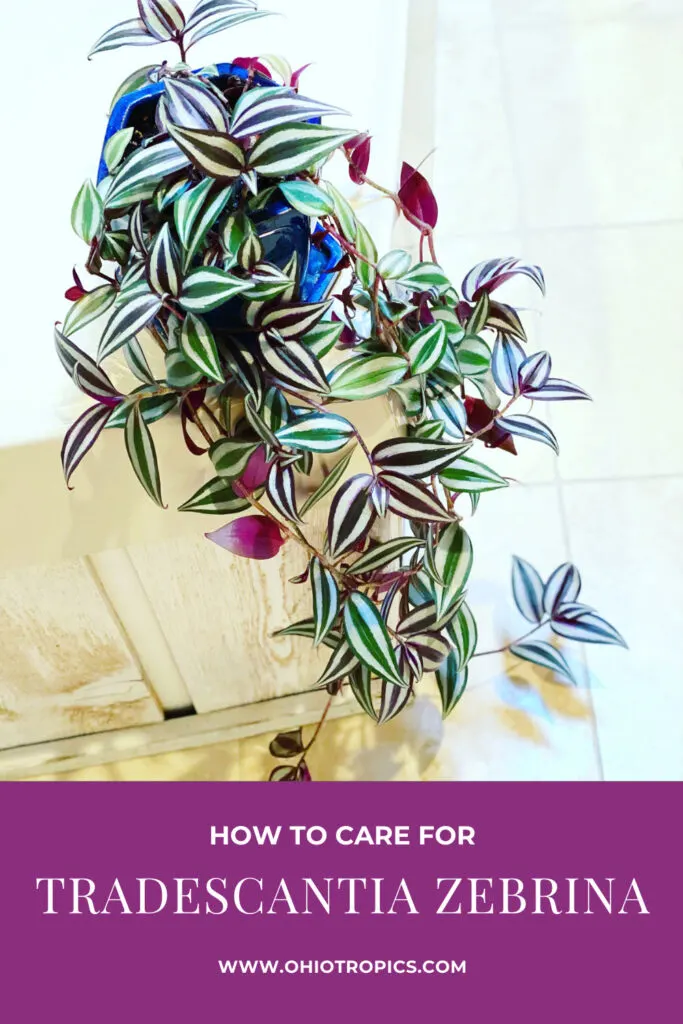
Formerly known as Tradescantia pendula, the scientific name is now Tradescantia zebrina. Commonly known as Inch Plant, this plant is native to much of Mexico and down to Colombia. In nature they will creep on the ground and form beautiful dense mats of foliage.
7 TIPS – TRADESCANTIA ZEBRINA CARE
1. LIGHT & TEMPERATURE
Indoors, these plants are actually quite versatile in terms of light, but I’ll just caution you against dim conditions which will fade the beautiful stripes in the foliage and cause leggy growth.
Always keep these plants right in front of a window in order to encourage more vigorous, compact growth and maintain the beautiful coloration in the foliage. Some direct sun indoors is very beneficial.
You should be very safe with Eastern and Western exposure windows for this plant regardless where you live.
These plants can actually take a quite a bit of direct sun, contrary to what you may read elsewhere, but you will need to be careful that it’s not sitting in too much direct sun (if you live in areas with particularly strong sun) because this can also wash out the color.
As far as temperature goes, these plants prefer warmer growing conditions with 65-80F (18-27C) range being ideal. Try and avoid conditions below 55F (13C) if at all possible.
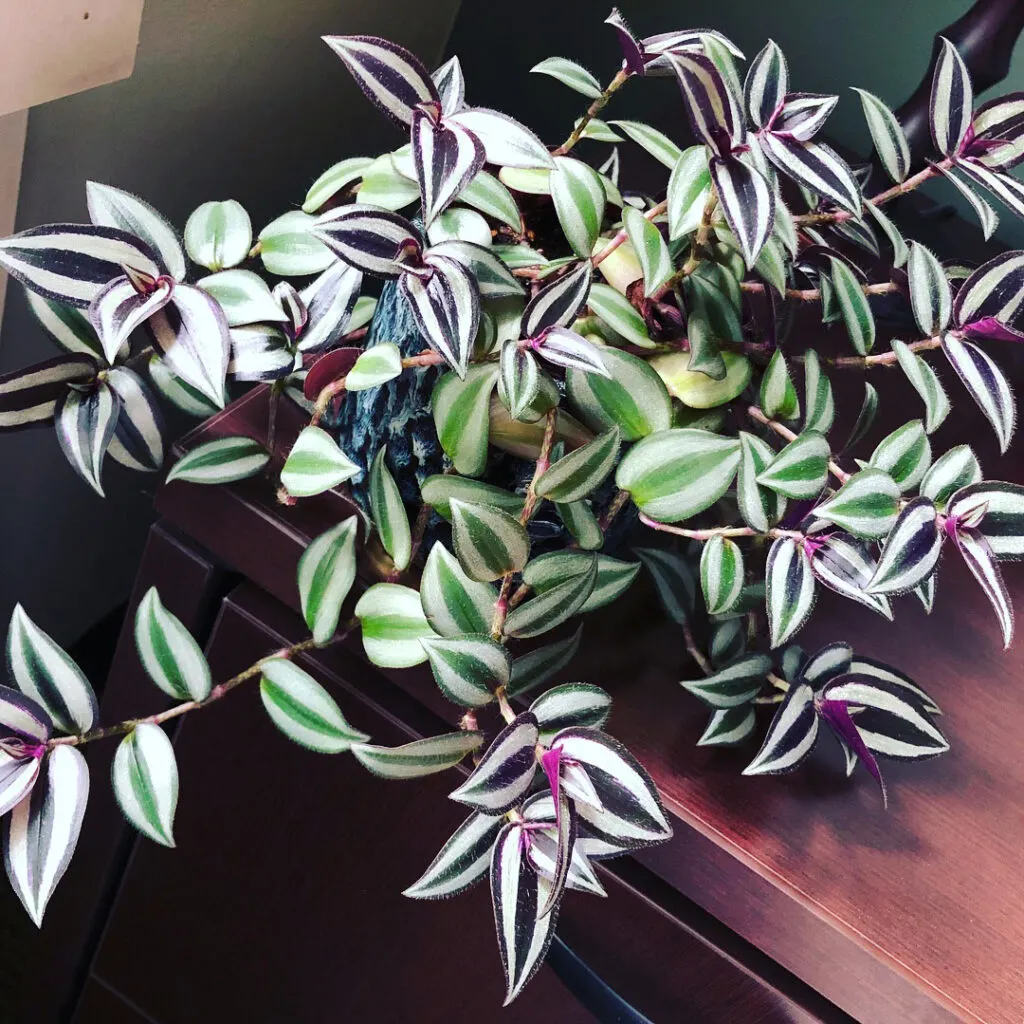
With enough light, your plant will even flower. The flowers are purple and very dainty. Although the foliage is the main attraction, the flowers are still beautiful!
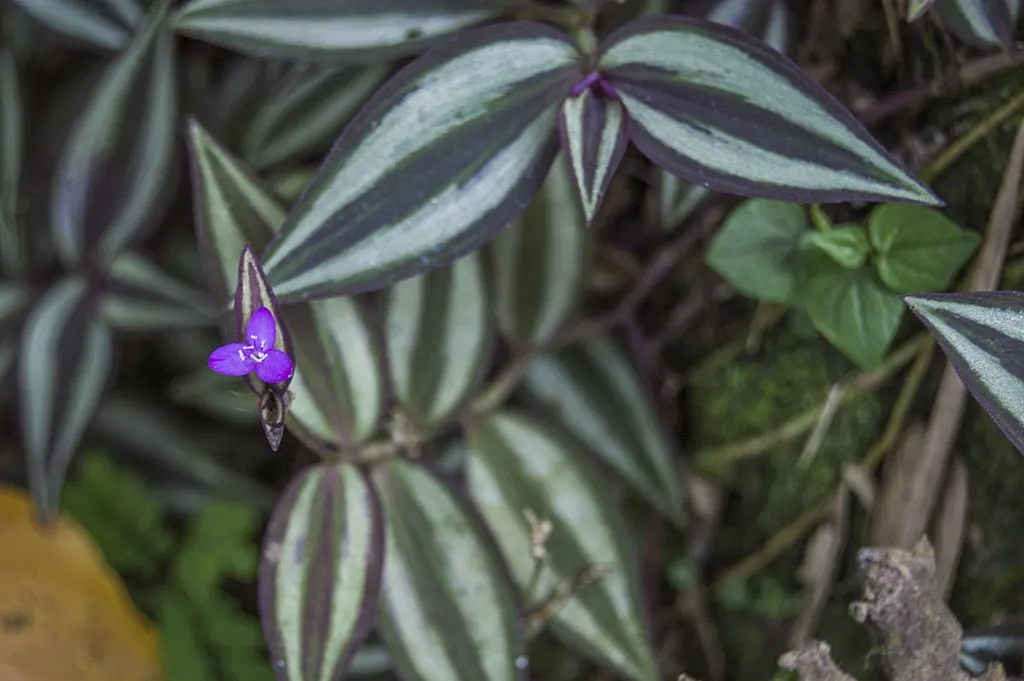
2. WATERING
Tradescantia zebrina prefers a fairly evenly moist potting mix. These plants are particularly sensitive to extremes when it comes to soil moisture.
I recommend watering after the top inch or so of the potting mix goes dry. If you can do this consistently (and have your plant in good light) you will have a very healthy, vigorous plant.
Avoid allowing the plant to dry out at all cost. if you do this, your plant will very rapidly decline with many of the lower leaves yellowing and then turning brown and crispy.
Take a look at the photo below when I neglected my plant for a while and let the potting mix dry out for too long.
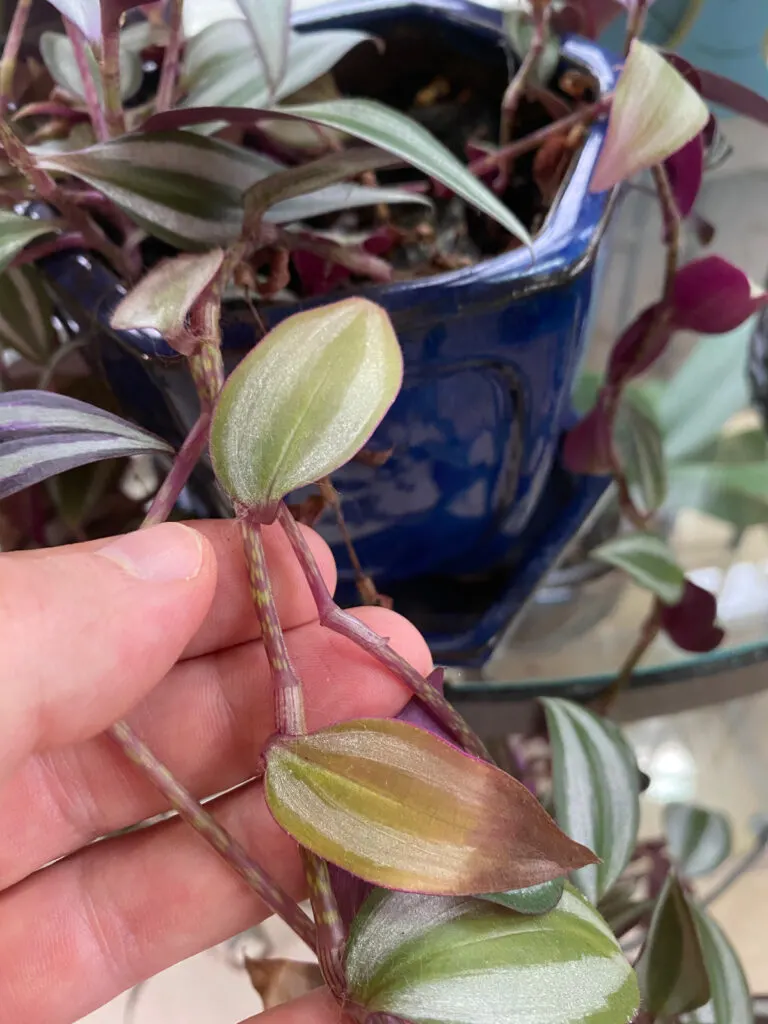
On the other end, be very careful not to allow your plant to sit in water (whether it is in the saucer below, or in a cache pot). If it sits in water, you’ll find that your plant will start to droop and will also develop yellow leaves.
Since yellow leaves can often be caused by opposite things (too dry or too wet), you have to feel your potting mix to know exactly what happened. Always use your finger to judge soil moisture and avoid using moisture meters.
Providing fairly even potting mix moisture, while allowing the top inch to dry out, will provide the best results.
3. HUMIDITY
Although these plants do prefer locations with high humidity, you don’t really have to worry about humidity too much (as long as you’re attentive to potting mix moisture).
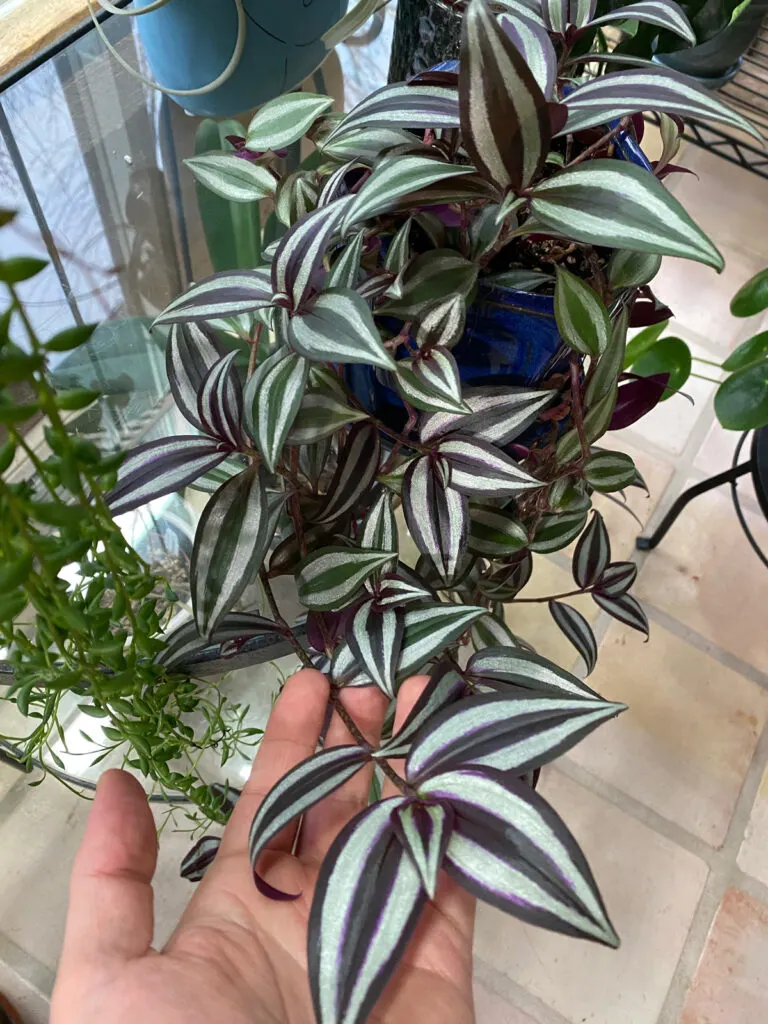
I do run a humidifier though during the months where we run our forced air heat indoors (my plants and my skin thank me!).
4. SOIL & REPOTTING
I like to use my standard potting mix which is 3 parts all-purpose potting mix (like Miracle-Gro or Espoma) with 1 part perlite.
Since these plants grow pretty rapidly, be attentive to repotting as roots will quickly fill up your pot and cause issues if you don’t provide the plant with a larger pot.
Check out my blog post on how to repot your houseplant. In the beginning of the post, I talk about various scenarios where you’d know it’s time to repot.
5. FERTILIZING
A regular regimen of fertilizing is always an important part of houseplant care. My favorite fertilizer, and the one I use for all of my houseplants, is Dyna-Gro Grow.
I like to fertilize my plant dilutely with every watering per the directions (1/4 to 1/2 teaspoon per gallon of water) at every watering.
6. PRUNING
In order to keep your Trandescantia zebrina in good shape, you will need to prune your plant.
Doing so will encourage the vines to branch off and also force new growth to occur. And you can then use anything you cut off as material to propagate with!
If you want a really full plant, it is best to pinch back the tips while the vines are still short. This will often cause multiple (2) vines to grow at the tip. Do this repeatedly, and you will have a really beautiful, full plant.
Left alone, over time, your plant will get leggy and spindly, and you may even have some vines that are either leafless or only have leaves at the tips. Don’t be afraid to prune it back.
If the plant has a lost most of its lower leaves, it’s easy enough to propagate and start new plants, which takes us to the next section.
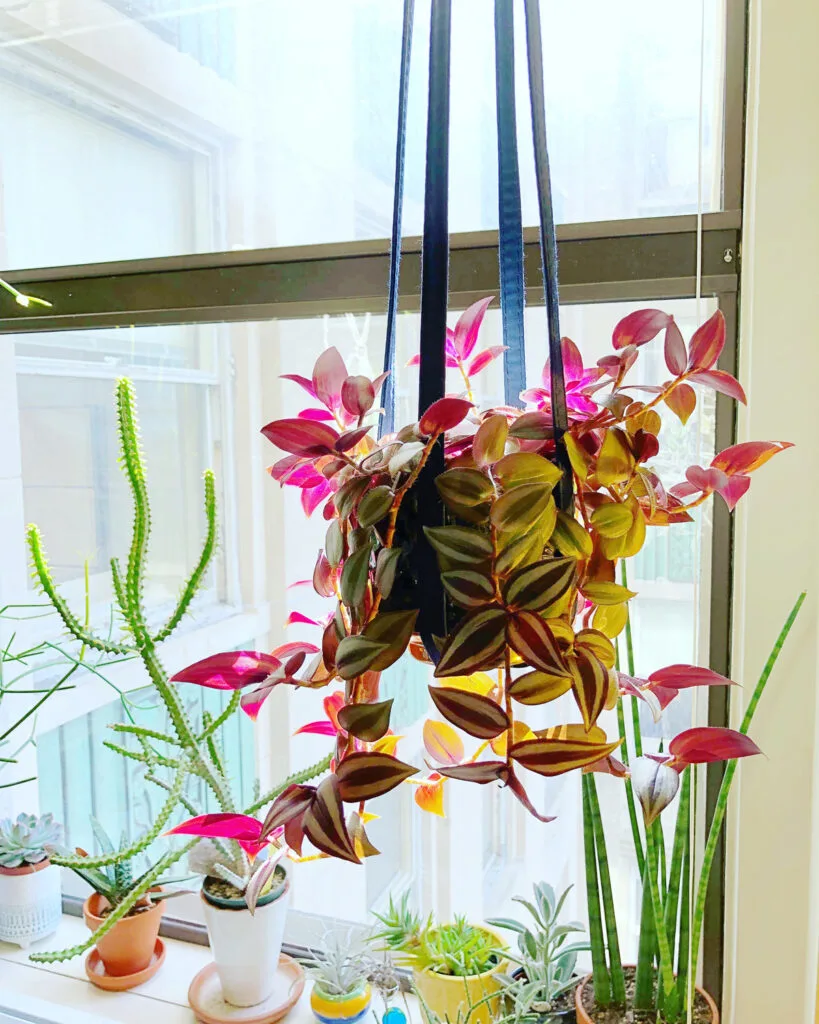
7. PROPAGATION
This is one of the quickest plants to propagate, and it often roots in a matter of 1-2 days. I prefer to use water propagation to get the roots going, and then plant them in a pot.
I wrote a detailed post, with photos, showing exactly how to water propagate Tradescantia zebrina so don’t miss it if you want to propagate this plant.
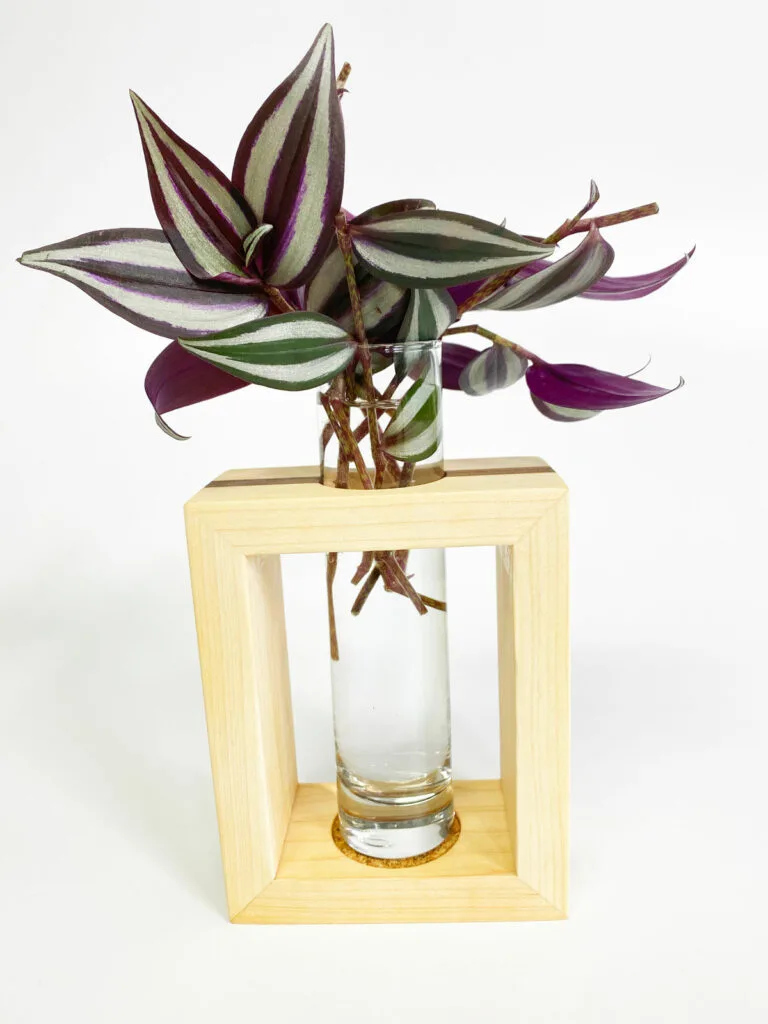
COMMONLY ASKED QUESTIONS
Why is my plant getting yellow or brown leaves?
This is most often due to imbalances in potting mix moisture. Your plant either went too dry or too wet.
Is Tradescantia toxic to pets?
According to the ASPCA, this plant is toxic to dogs, cats and horses.
Why is my plant not purple anymore?
If your plant is not receiving enough light, the foliage will not retain its vivid colors anymore and will fade. Conversely, if you live in an area that has very strong sun and your plant is sitting in sun all day, this will also wash out the colors. Try and find a happy medium that your plant is happy with but give it some time to adjust.
Why is my plant not bushy?
Over time, these plants get to get a little ragged. If you have your plant in low light, it will also grow leggier. Make sure you’re providing enough light for your plant, and don’t be afraid to prune your plant regularly as this will encourage new growth and help keep your plant bushier.
Why is my plant not growing?
Not enough light. Plain and simple. Try and provide all the recommended growing conditions mentioned in this post. If your plant is not growing, you’re probably not providing enough light so move it to a brighter location. These are quick-growing plants so they should respond quickly to improved conditions.
If you follow all the aspects in this post, you will find that Tradescantia zebrina care is not all that difficult! Have you grown this plant? Comment below. I’d love to hear!

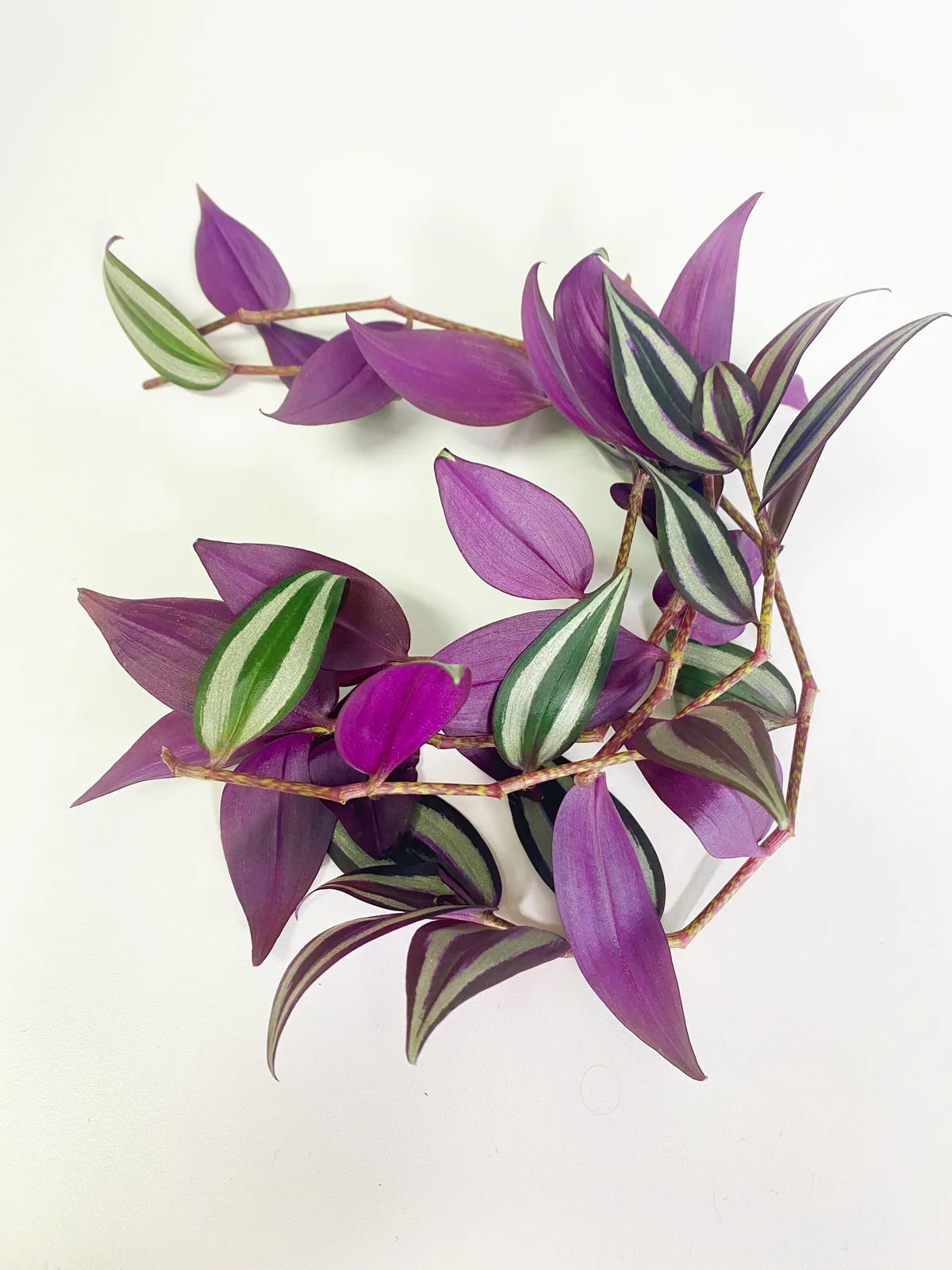
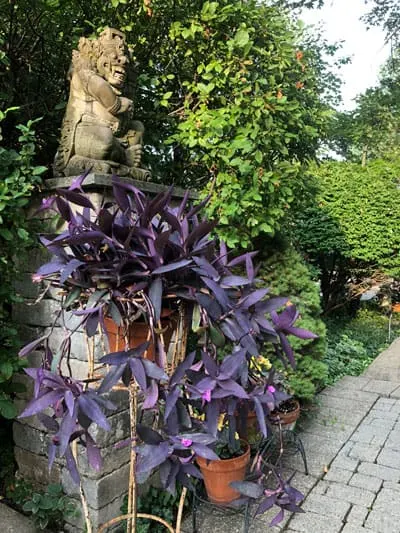
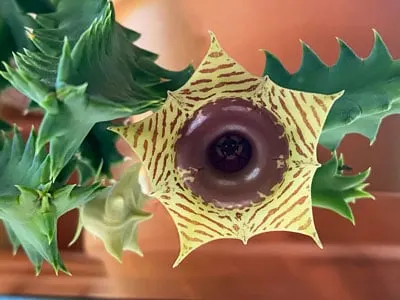
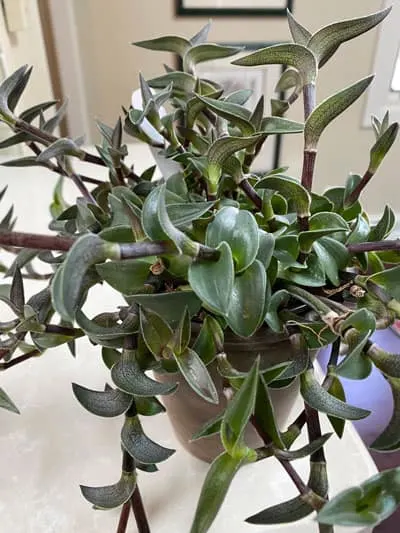
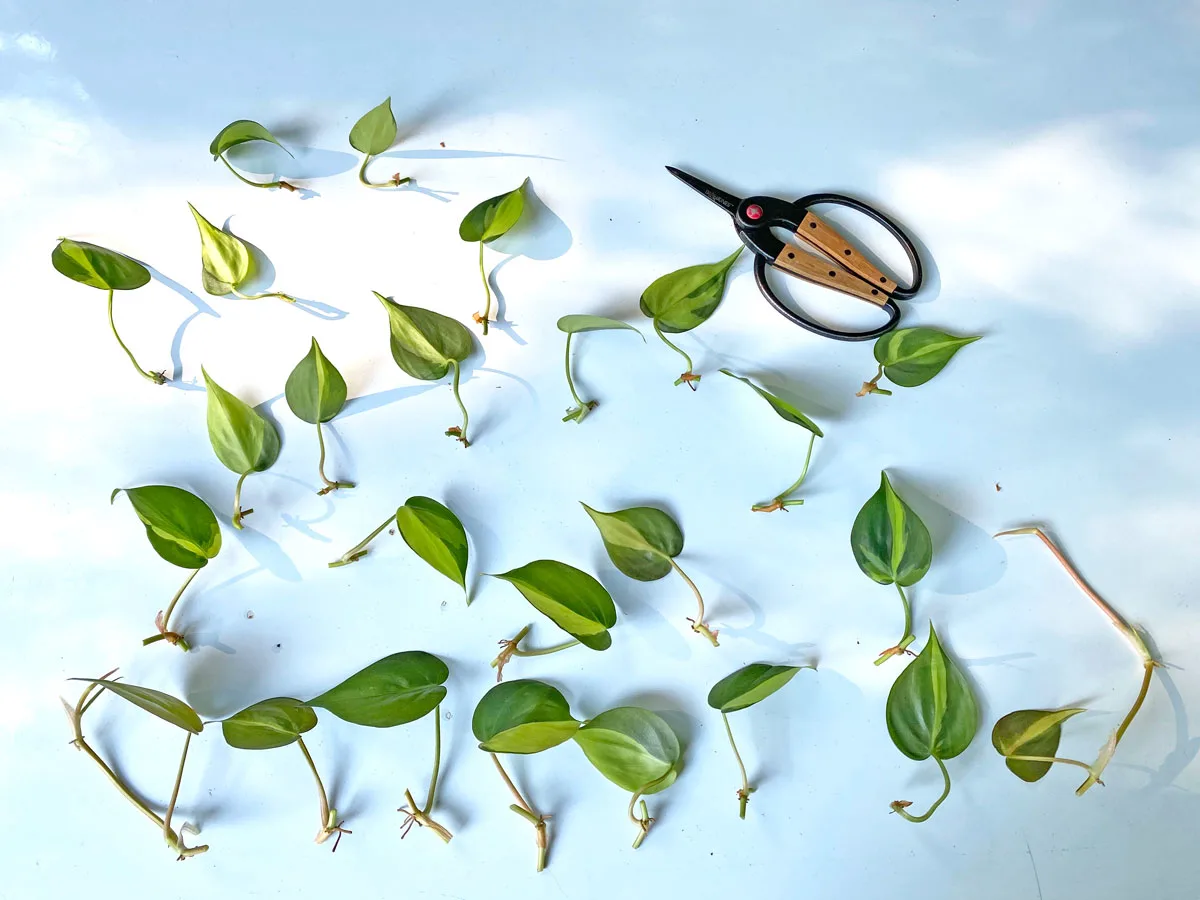
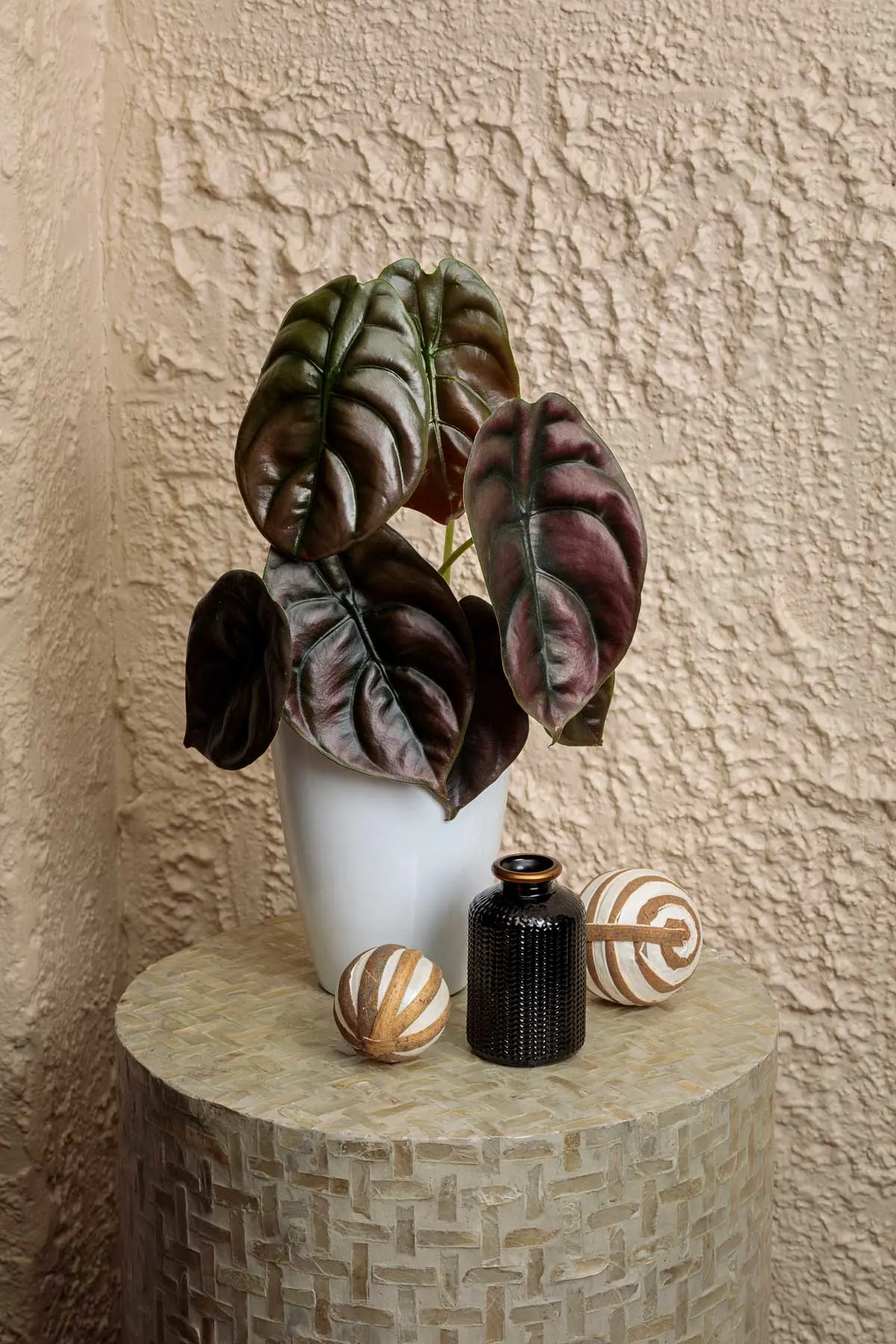
Dan Cook
Wednesday 30th of October 2024
I have had this plant for ages. In the summer I plant it in my porch boxes along with tradescantia flumenensis for trailers. In the winter it is a house plaant. Very easy to grow. I totally agree with all your tips as they are also mine!
Raffaele Di Lallo
Wednesday 30th of October 2024
Glad you enjoyed the post, Dan! They really are wonderful plants.
Jackie Sue
Thursday 18th of January 2024
Your photos are beautiful! If this is your own plant, it has very amazing color. I really love these plants and all the different varieties of them!! Great post!!
Raffaele
Thursday 25th of January 2024
Glad you enjoyed my post Jackie! :-)
Dorothy
Thursday 28th of December 2023
I have zebra or inch plant and something has been eating the leaves so much so that I’m not sure if I can save it the leaves are shriveled up and stems fall off at the touch have you come up against this problem before.
Raffaele
Thursday 28th of December 2023
So sorry to hear that Dorothy! I'd have to see photos in order to help, but is your plant indoors or outdoors? Do you see any visible signs of a pest infestation?
Gwen
Saturday 1st of April 2023
Can the Tradescantia Zebrina be used as pot filler in outdoor planters?
Raffaele
Monday 3rd of April 2023
Yes absolutely! They're great for that.
Jennifer
Wednesday 13th of July 2022
This and the repotting article are really, really informative. I've read a lot of plant blogs and this one is among the best. Great, detailed information. Bookmarked! Thanks!
Raffaele
Wednesday 13th of July 2022
Thanks so much Jennifer! It makes me really happy to hear comments like yours, and it definitely keeps me going :-). Thanks for taking the time to comment, and I'm very happy that you're finding my content helpful!